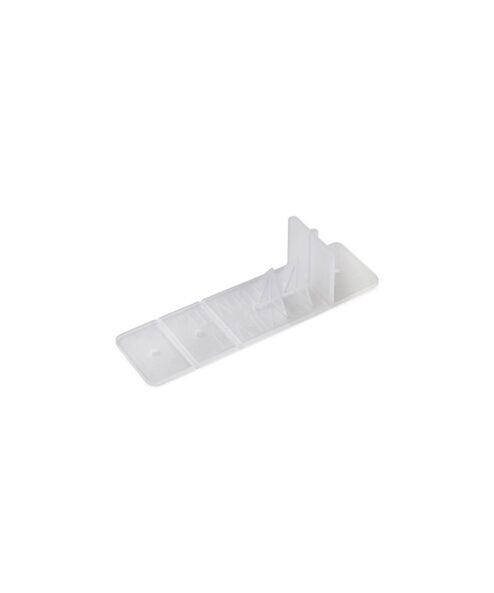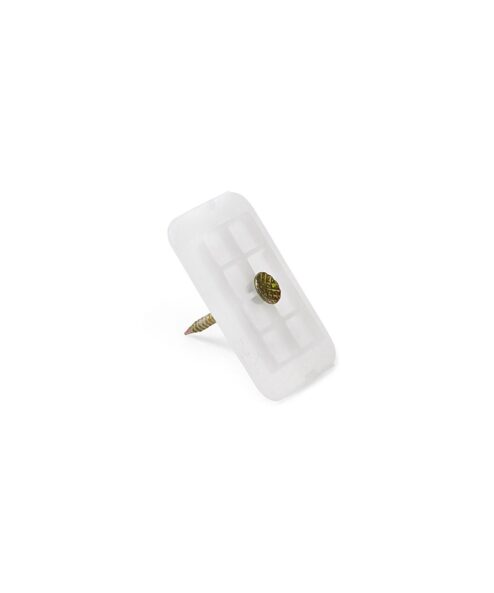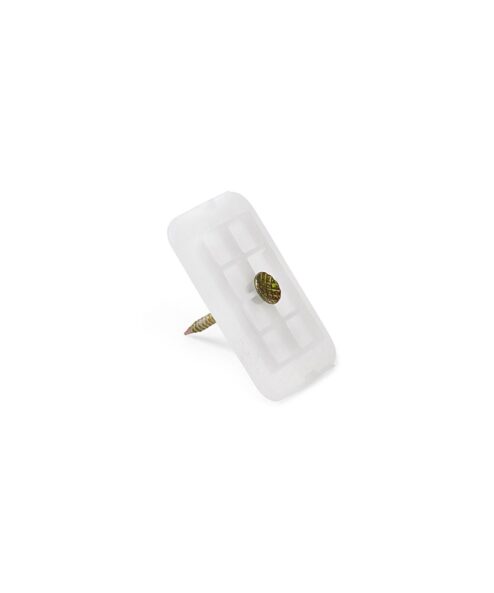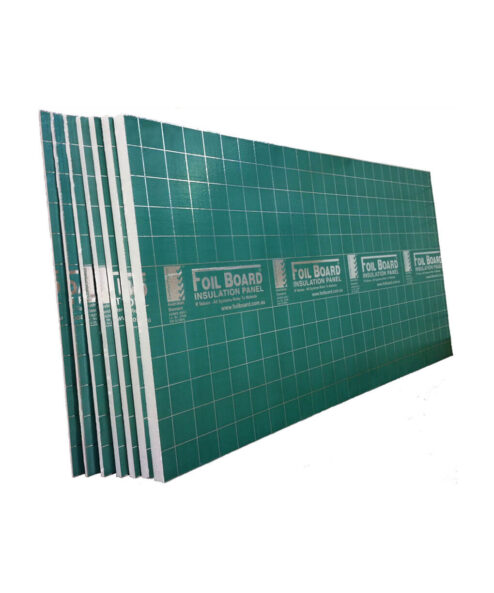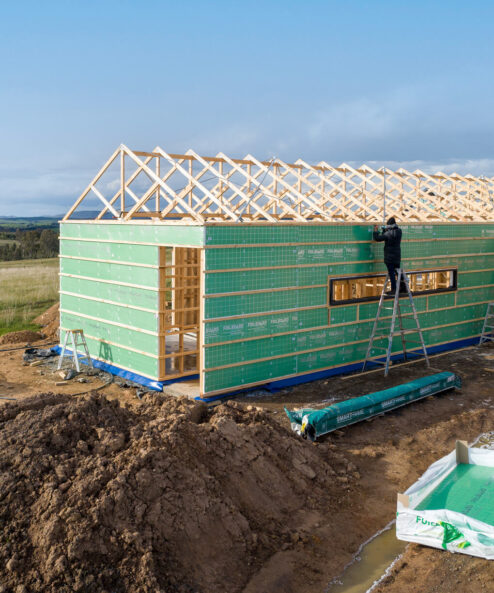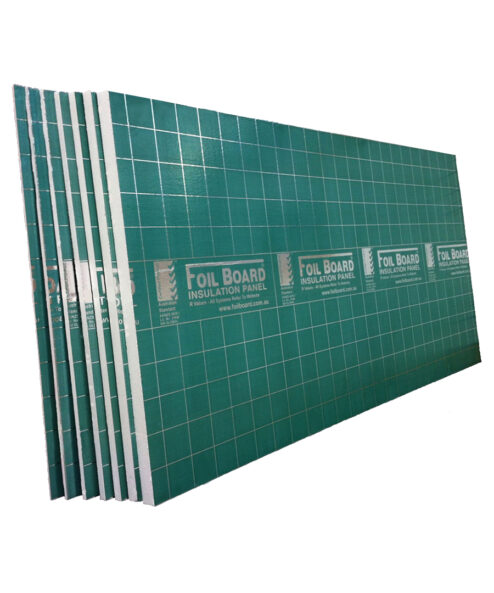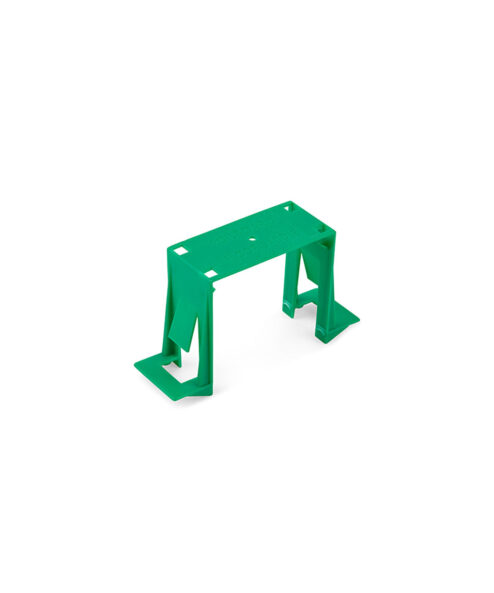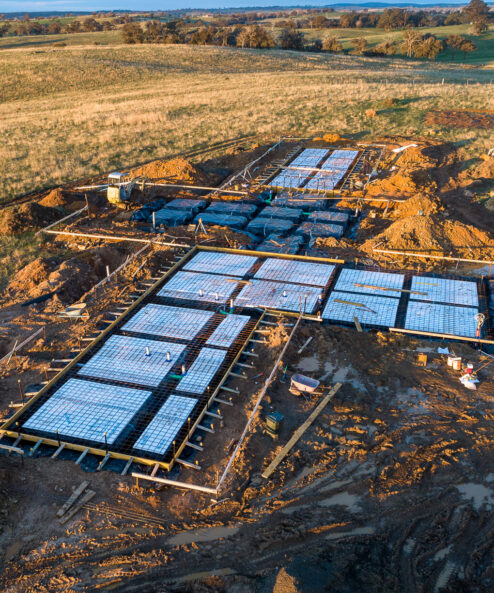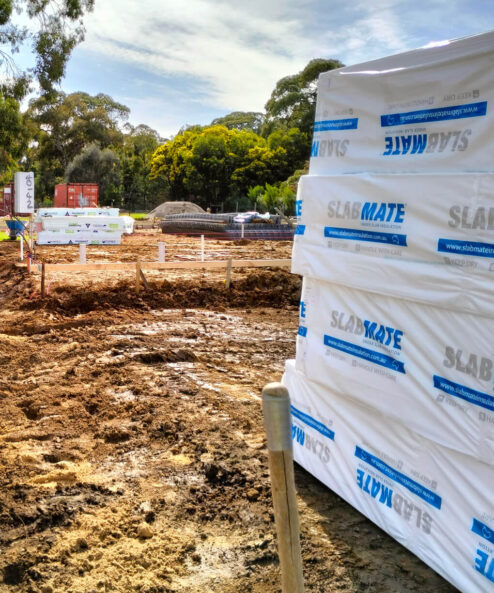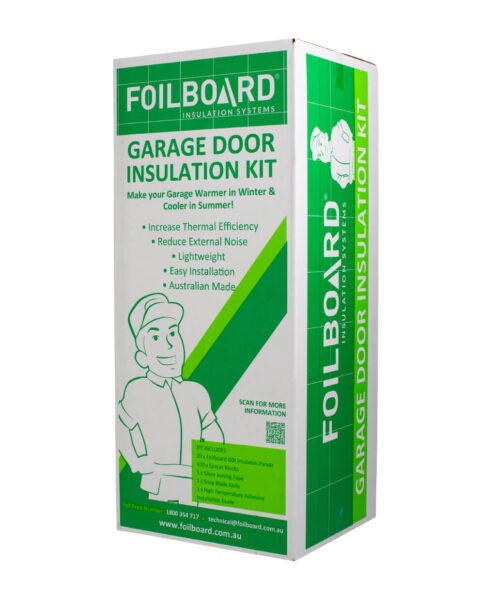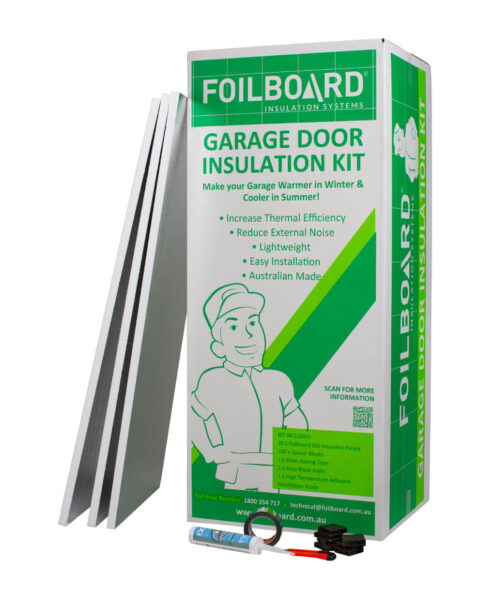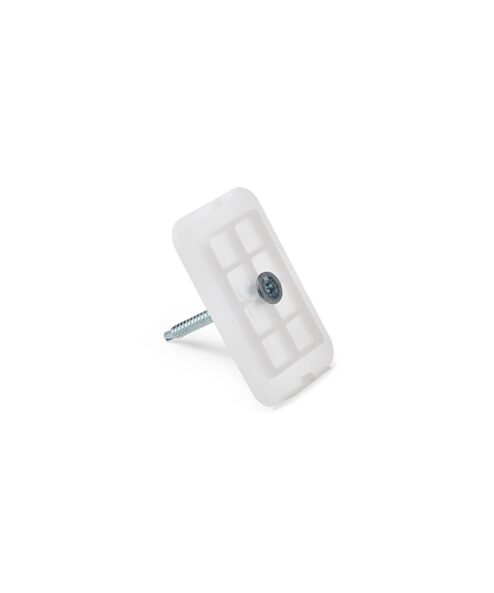Foilboard Insulation FAQs
Foilboard insulation can be used in a wide range of commercial and residential applications, and is suitable for ceilings, walls, underfloor and under slab applications. The reflective foil insulation panels can also be used for insulating caravans, garages, sheds and containers. Foilboard insulation is a popular choice for both new builds and retrofit projects and is compliant with the Building Code of Australia.
Foil insulation panels are an affordable and effective insulation product, trusted throughout Australia by builders, home owners and designers. The industry-leading product is designed to provide continual thermal performance throughout the lifetime of your building, which makes it great value for your investment. Foilboard Insulation is endorsed by Standards Australia and is backed by a 25 year performance guarantee.
- Install with the anti glare side (the green side) facing outwards. You can install Foilboard GREEN rigid panels horizontally or vertically, however Foilboard recommends using a horizontal pattern to ensure the best possible fixing.
- Use the gridlines to measure the panels to the correct size. They are easy to cut with a sharp blade or knife. Use any cutoffs to fill in gaps and smaller sections.
- Start from the top of the building and work downwards. In windy conditions, start on the windward side of the building.
- Tape the joints between panels to ensure an airtight seal. This prevents any thermal leakage and makes sure you achieve the highest R value or thermal performance possible.
Foilboard Install Guides
Yes, Foilboard insulation can be used in conjunction with bulk insulation, we recommend using it with bulk insulation, such as Knauf Earthwool Insulation for residencial homes.
Yes, Foilboard can be used as a vapour barrier. The reflective foil insulation panels create a non permeable moisture barrier with zero vapour transmission. Due to the waterproof materials, the boards are impervious to moisture. No air passes through the boards, meaning inside and outside air do not meet or create a dew point, eliminating the risk of condensation.
Foilboard panels can be painted, but the paint may affect the way the insulation performs. Since the reflective surface is made from aluminium, it requires etch priming before being painted. If you are using paint, it should be a water clean-up.
Foilboard insulation has a number of environmental advantages. The product has no volatile organic compounds (VOCs) and no CFCs are used in the manufacturing process. The entire product can be recycled. Designed to last the lifetime of the building, Foilboard insulation will require replacing less often than other types of insulation. What's more, Foilboard insulation is effective at improving the energy efficiency of the building. Better thermal regulation inside leads to less reliance on energy for heating and cooling, and therefore less greenhouse gas emissions.



